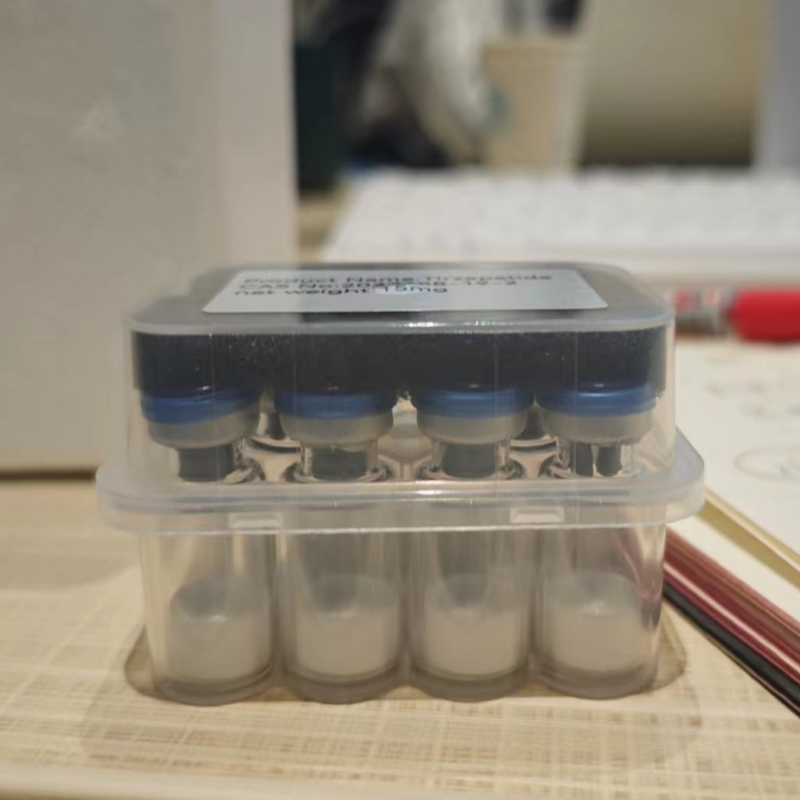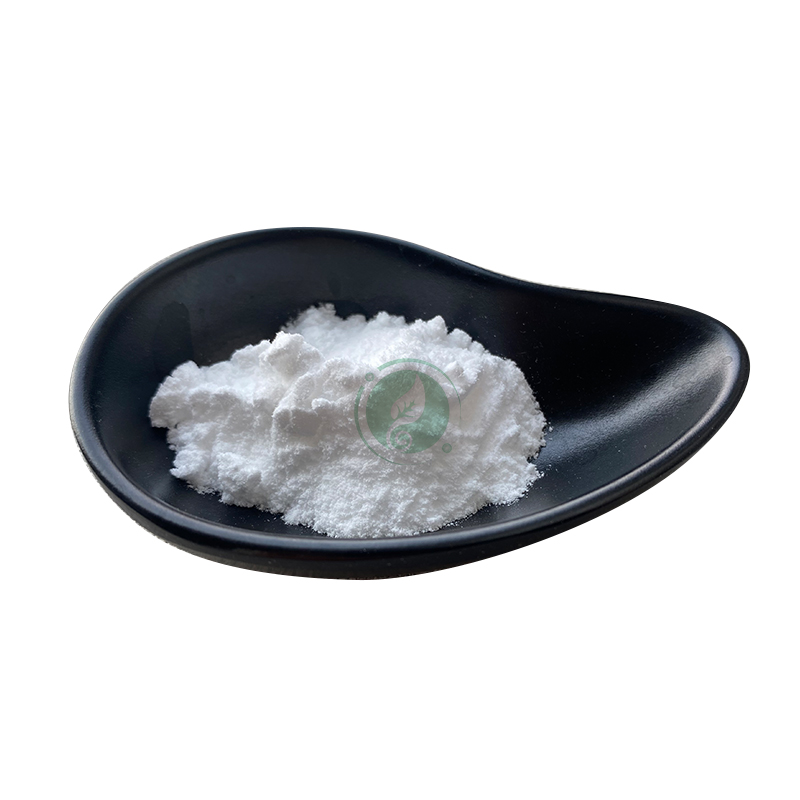Pfizer's oral PARP inhibitor TALZENNA ® has been approved by the European Commission
-
Last Update: 2020-06-09
-
Source: Internet
-
Author: User
Search more information of high quality chemicals, good prices and reliable suppliers, visit
www.echemi.com
recently, Pfizer announced that its oral PARP inhibitor TALZENNA ® (talazoparib) has been approved by the European Commission as a single drug to treat breast cancer susceptibility gene (gBRCA) 1/2 mutation, with human epidermal growth factor receptor 2 negative (HER2-) localized advanced or metastatic breast cancer patientson TalazoparibTalazoparib is a PARP inhibitor, and preclinical studies have shown that talazoparib causes cancer cell growth to decrease and cancer cells die by blocking parP enzyme activity and capturing PARP at the site of DNA damagethis approval is based on data from phase III clinical studies, which recruited 431 patients with gBRCA1/2 mutations and locallate or metastatic triple negative or HR/HER2-breast cancer, to assess the efficacy of 1 mg of talazoparib per day compared to standard chemotherapy (capecitabine, eribulin, gemciintabe or vinorelbine), with no progression (PFS)The results showed that the talazoparib group was significantly better than chemotherapy, extending the PFS median to 8.6 months, compared with 5.6 months in the standard chemotherapy groupSecondary endpoints of the(http://of the
of the
of the include objective reaction rates (ORR), total lifetime (OS), and securityThe ORR in the Talazoparib group was 62.6% (95% CI: 55.8-69.0), more than twice the standard chemotherapy group (27.2%) (95% CI: 19.3-36.3)OS data is not yet matureIn terms of safety
the most common adverse reactions in the Talazoparib group included fatigue (57.1%), anemia (49.6%), nausea (44.3%), neutropebutyl reduction (30.2%), thrombocyttosis (29.6%) and headache (26.5%)
This article is an English version of an article which is originally in the Chinese language on echemi.com and is provided for information purposes only.
This website makes no representation or warranty of any kind, either expressed or implied, as to the accuracy, completeness ownership or reliability of
the article or any translations thereof. If you have any concerns or complaints relating to the article, please send an email, providing a detailed
description of the concern or complaint, to
service@echemi.com. A staff member will contact you within 5 working days. Once verified, infringing content
will be removed immediately.







